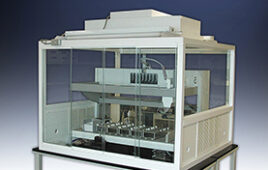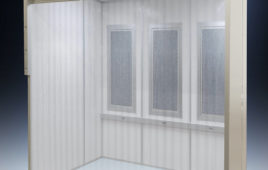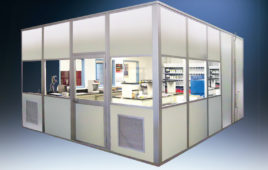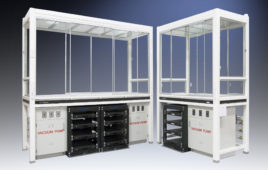There are two basic types of systems; single-use and multiple-wear, each with a long history of use. Since cleanroom garments are not regulated, it is important that the garment user exercise effective controls in the selection and ongoing monitoring of a sterile garment supplier.
This is a continuation of the requirements important when selecting an apparel system for pharmaceutical cleanrooms. To see the rest of the requirements, go to http://mandarindigital.com/cemag/tip/apparel-system-selection-pharmaceutical-cleanrooms-part-1.
Requirements when selecting an apparel system for pharmaceutical cleanrooms: Bioburden Testing: Radiation sterilization is predicated on a product bioburden with a known and consistent resistance. As a result, it is recommended that product bioburden be periodically assessed, with the results analyzed both quantitatively (number of microbes) and qualitatively (types of microbes). Significant shifts in bioburden must be investigated and analyzed, since they have the opportunity to invalidate the sterilization dose.
Environmental Monitoring: The microbial cleanliness of the manufacturing area can impact the bioburden and, as a result, influence the validity of the sterilization dose. Accordingly, it is important for the provider to perform environmental monitoring of the area in which the garments are manufactured, folded, and packaged. This is typically performed by air and surface plate sampling of both viable and non-viable organisms on a daily basis, and at multiple points in the manufacturing area.
Package Integrity: The sterile packaging must be of appropriate design to assure that product sterility is maintained. The sterile package must be capable of withstanding the rigors of handling, transportation, and storage at both elevated and reduced temperatures.
Cost: The cost models of single-use and multiple-wear systems are very different. For single-use garments the economics are straightforward. They are purchased at a specific price, and it is easy to analyze the overall costs of a single-use garment system. The cost model for multiple-wear garment systems is complex and multi-faceted. The high initial cost is allocated over the multiple uses that occur before the textile is degraded and removed from the system.
Comfort: There is a general consensus that reusable garments are somewhat more comfortable than disposable garments. Comfort is typically quantified through air permeability, water vapor transmission rates, and material stiffness measurement methods.
From: “Apparel System Selection For Phamaceutical Cleanrooms”




